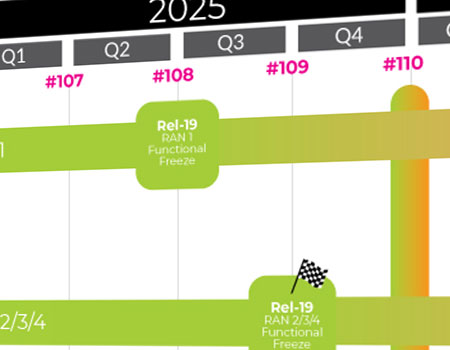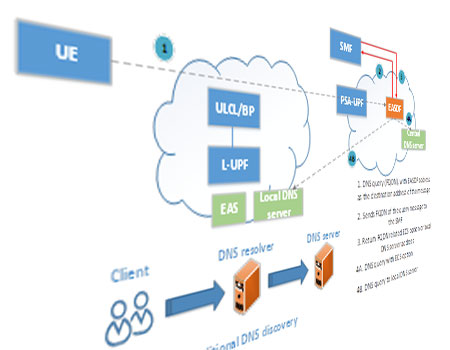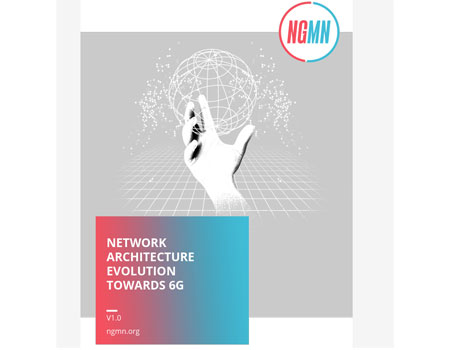By WG SA5 Leadership, Thomas Tovinger, Zou Lan and Gerald Görmer
First published Oct. 2022, in Highlights Issue 05
The Rel-18 work in SA5 is now at full speed, but for this article we will summarize some of our Rel-17 achievements, which provide a foundation and act as an enabler for what is to come in Rel-18, providing enhanced network/service management and charging capabilities to support new 5G network features:
Management capabilities supporting provisioning and data collection of 5G network and network slice
- To support provisioning the network and network slices, the 5G network resource models (NRM) are extended to support management of new features or functionalities of 5GC and NG RAN, e.g. 5GC NRM including NFs Profile, EASDF, NEF selection, NSACF, NWDAF, edge computing and NR NRM to support RAN sharing scenario. The network slice NRM is extended with transport requirement information model to coordinate with transport network and support end to end network slice management (TS 28.541).
- To support data collection, file retrieval and download mechanisms and methods for controlling management data production, collection, coordination, and discovery are introduced. The data includes enhancement of MDT, trace, QoE, performance measurements, KPIs and external management data (TS 28.537/TS 28.622/TS 28.552/TS 28.554/TS 28.405/TS 32.422).
Intelligence and Automation capabilities include autonomous network levels, intent-driven management, closed loop SLS Assurance, plug and connect for network functions, management data analytics
- Autonomous Network (AN) is a telecommunication system with autonomy capabilities which is able to be governed by itself, with minimal to no human intervention. ANL standardizes the level of autonomy capabilities by indicating collaboration between human and telecom system. There are different enabler capabilities supporting different levels of autonomy. Examples of these include Self-Organization Network (SON), management data analytics (MDA), intent driven management (IDM), closed loop SLS assurance (COSLA). A framework approach for evaluating ANL is as follows (TS 28.100).
- An intent specifies the expectations including requirements, goals and constraints for a specific service or network management workflow. Intent-driven management is introduced to reduce the complexity of management without getting into the intricate detail of the underlying network resources. Intent-driven management works together with closed-loop automation to continuously satisfy the intent expectation provided by consumer as shown in the diagram below. A closed control loop automatically adjusts and optimizes the services provided over 5G network based on the various performance management, QoE input data, and the state of the 5G network (TS 28.312/TS 28.535/TS 28.536).
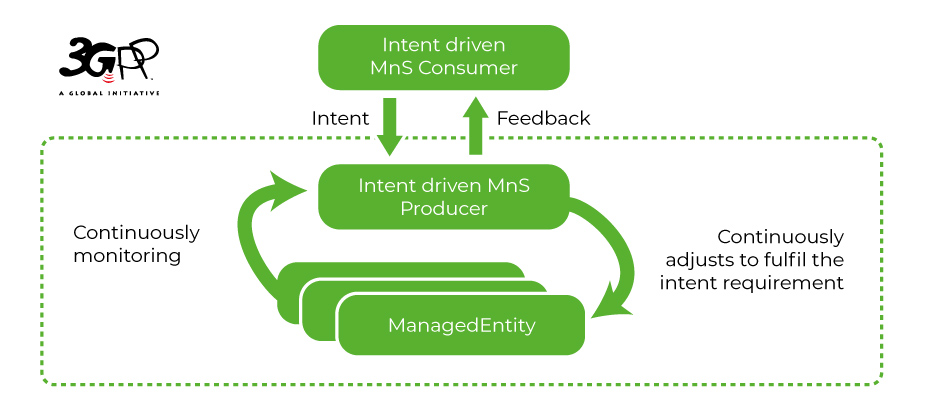
- Management data analytics provides processing, analyzing data related to network and service events and status with utilizing AI/ML technologies. Recommendations to enable necessary actions for network and service operations may also be provided (TS 28.104/TS 28.105).
Support of New Services
- Energy Efficiency (EE) KPIs are defined at various granularity levels of 5G networks including Virtualized Network Function (VNF), 5G Core network function, 5G Core network, NG-RAN, network slice of various types. 5G NRM has been augmented with attributes capturing customer’s expectations in terms of energy efficiency of the network slice being ordered, in relation with GSMA NG.116 attributes (TS 28.310).
- To support vertical requirements on 5G network, Service level agreement requirements are further standardized into requirements of RAN, CN and transport network correspondingly (TS 28.541).
- Management of non-public network provides the flexible capabilities to manage SNPN and PNI-NPN according to the different deployment needs from vertical customers. (TS 28.557)
Monetization capabilities introduced for Release 17
Proximity based services charging (TS 32.277)
Proximity based services support by 5GS introduced in Rel-17, is enhanced by support of the Converged Charging framework, allowing monetization by Operators when used by 5G ProSe-enabled UEs being in proximity to each other using NR. 5G ProSe Direct Discovery charging relies on the 5G Direct Discovery Name Management Function (5G DDNMF) embedded Charging Trigger Function (CTF) using CHF Nchf API during UE 5G ProSe Direct Discovery procedures.
5G ProSe Direct Communication over NR (broadcast mode, groupcast mode, and unicast mode), used for commercial services, can be monetized based on QoS amongst other criteria. The split CTF, between UE CTF-(AMC Accounting Metrics Collection) and 5G DDNMF CTF-(ADF Accounting Data Forwarding) enables usage reporting from UE to CHF categorized per QoS Flow.
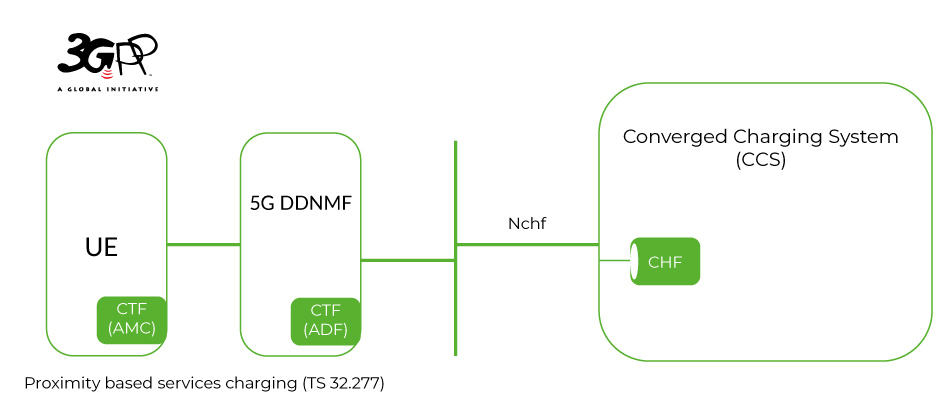
ProSe Direct Discovery over PC5 reference point and ProSe UE-to-Network Direct Communication are also covered.
Edge Computing charging (TS 32.257)
While end user charging for accessing edge applications is already covered from earlier releases under the existing 5G data connectivity charging (by using dedicated identifications), new areas of Edge Computing (EC) are extended with Charging capabilities in Rel-17 for:
- edge enabling services exposed by Edge Computing Service Providers (ECSP) to Application Service Providers (ASP) and ECSP edge enabling infrastructure resources usage by ASP
- Edge Application Server (EAS) deployment (instantiation, upgrade, termination) by an ECSP for an ASP.
Other enhancements as partial conclusion of ongoing studies
Charging for roamers with 5G data connectivity is covered since Rel-15, however only in home routed scenario. Rel-17 introduces a charging solution for roamers in local breakout covering both wholesale between MNOs and UEs retail charging. A new N47 reference point enables per UE quota management from the Home MNO. More solutions are being studied in Rel-18.
As the result of Network Slice (NS) study partial conclusion, a simplified option for NS usage charging based on individual UEs 5G data connectivity charging is enhanced for Rel-17 in a TS 32.255 Annex D. In this option, the Converged Charging System (CCS) serves individual UEs as well as NS Tenants based on internal specific implementation, for the purpose of monetization by Communication Service Providers (CSP) of NS usage by Tenants.
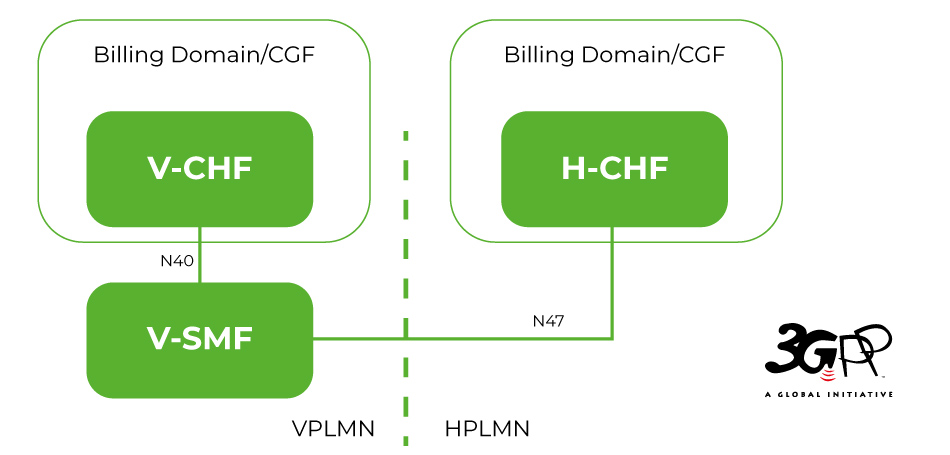
[End]
More about WG SA5 is available here: https://www.3gpp.org/3gpp-groups/service-system-aspects-sa/sa-wg5

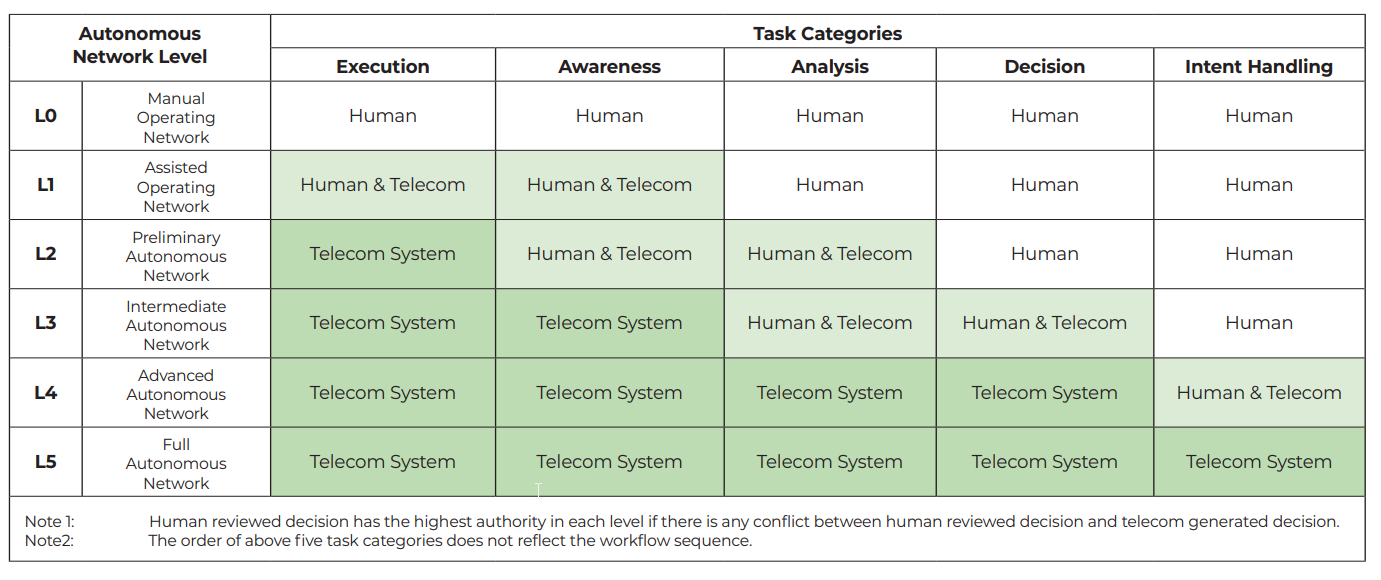
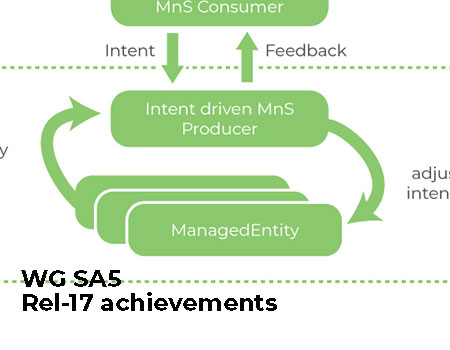
 Technology
Technology